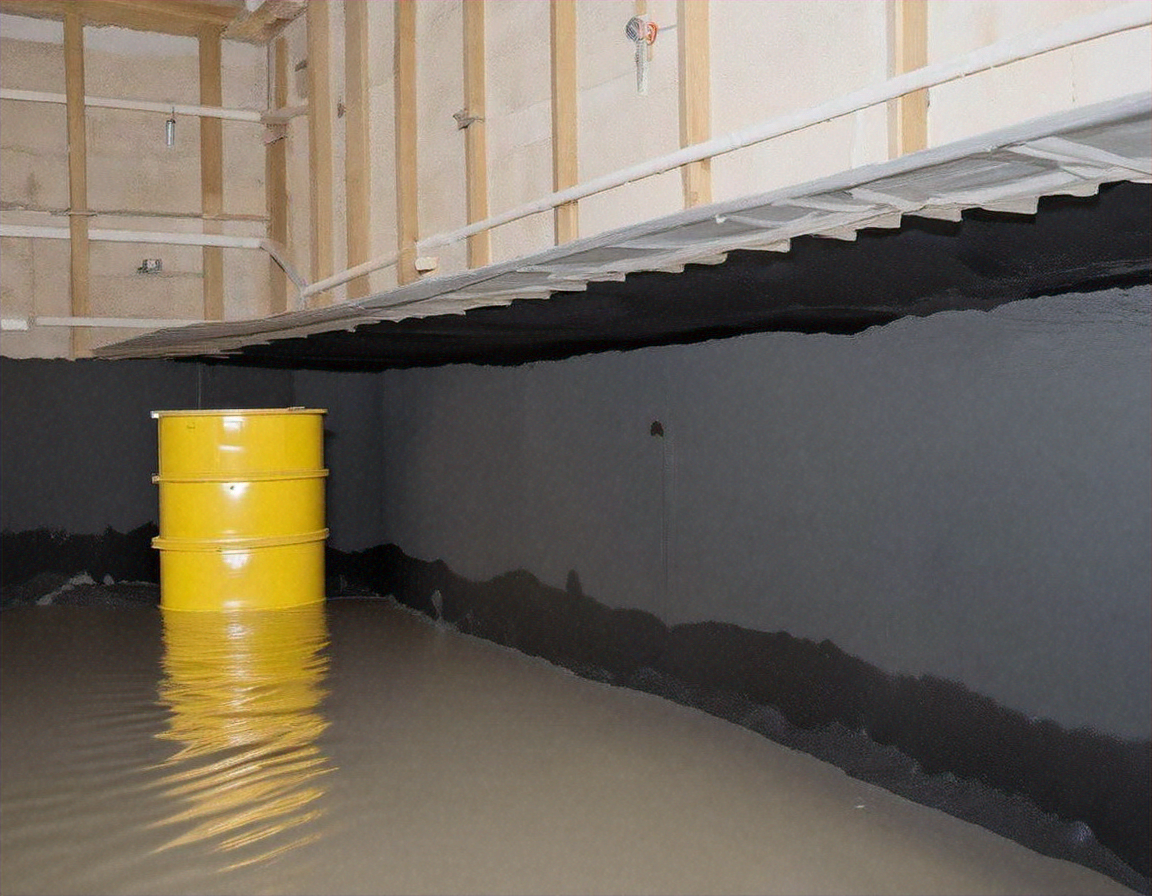Water Tanks – Storage Solutions and System Guide
Water tanks provide crucial storage capacity for various residential, commercial, and agricultural needs. These systems offer reliable water management solutions with different materials, sizes, and configurations available for specific applications.

Understanding IBC Tote Tanks
IBC (Intermediate Bulk Container) tote tanks represent one of the most versatile water storage solutions available today. These cubic containers typically hold between 275 and 330 gallons (1,040-1,250 liters) of liquid and are constructed with a plastic container inside a metal cage. The design makes them stackable, easily transportable, and suitable for various applications. IBC tote tanks feature standard fittings at the bottom for easy dispensing and often include a top opening for filling. These containers are particularly popular for agricultural applications, emergency water storage, and transporting various liquids in commercial settings.
Benefits of IBC Bulk Containers
IBC bulk containers offer numerous advantages that make them suitable for both residential and commercial applications. Their space-efficient design maximizes storage capacity while minimizing footprint, an important consideration for businesses with limited space. The rigid outer cage provides protection during transportation and storage, reducing the risk of damage. Additionally, most IBC containers are designed to be compatible with standard forklifts and pallet jacks, making them easy to move and position. When properly maintained, these containers can have a significant lifespan, and many are designed with food-grade inner containers suitable for potable water storage. Their standardized dimensions also facilitate efficient logistics planning and transportation.
Choosing the Right IBC Tank for Your Needs
Selecting the appropriate IBC tank requires consideration of several factors. First, determine the intended use—food-grade tanks are necessary for drinking water storage, while non-food-grade options may be suitable for irrigation or non-potable applications. Consider the storage location, as exposure to sunlight can promote algae growth in clear tanks. For outdoor installations, UV-resistant tanks are recommended to prevent degradation from sun exposure. The required capacity should be calculated based on your specific needs, whether for emergency preparedness (usually 1-3 gallons per person per day) or agricultural applications. It’s also important to verify that the tank’s construction materials are compatible with your intended contents, especially for chemical storage.
Installing and Maintaining Rainwater Tanks
Rainwater tanks provide an excellent solution for harvesting and storing rainwater for various non-potable uses such as gardening, lawn care, and washing vehicles. When installing a rainwater collection system, position the tank on a level, stable surface capable of supporting its filled weight. Proper setup includes integrating gutters and downspouts with first-flush diverters to prevent debris and contaminants from entering the tank. Regular maintenance is crucial for optimal performance: clean gutters seasonally, inspect and clean filters monthly, and flush the system annually to remove sediment buildup. During winter in colder regions, consider draining the system or installing insulation to prevent freezing damage. Most importantly, label rainwater systems clearly as non-potable unless additional purification systems are installed.
Finding Water Tanks For Sale in Your Area
When searching for water storage solutions in your area, several options are available to local consumers. Local farm and agricultural supply stores often carry various tank sizes and styles, from small rain barrels to larger agricultural tanks. Hardware and home improvement centers typically stock residential-sized options, while specialized irrigation or plumbing suppliers may offer more comprehensive selections. For industrial applications, equipment suppliers and specialized tank distributors provide commercial-grade options. Many local retailers can arrange delivery for larger tanks, an important consideration given the size and weight of substantial water storage systems.
Water Tank Materials and Pricing Comparison
The material of a water tank significantly impacts its durability, application suitability, and cost. Each material offers distinct advantages depending on your specific needs.
| Tank Material | Average Cost Range | Capacity Range | Lifespan | Best Uses |
|---|---|---|---|---|
| Polyethylene Plastic | $0.50-$1.50 per gallon | 50-5,000+ gallons | 10-20 years | Residential/agricultural use, rainwater collection |
| Stainless Steel | $2.00-$4.00 per gallon | 100-10,000+ gallons | 30+ years | Potable water, food processing, high-purity applications |
| Fiberglass | $1.00-$3.00 per gallon | 50-20,000+ gallons | 20-30 years | Underground storage, corrosive environments |
| Concrete | $0.75-$2.00 per gallon | 200-50,000+ gallons | 50+ years | Permanent installations, large-scale storage |
| IBC Totes (New) | $250-$600 per unit | 275-330 gallons | 5-10 years | Transportable storage, temporary solutions |
| IBC Totes (Reconditioned) | $100-$300 per unit | 275-330 gallons | 3-7 years | Cost-effective temporary storage |
Prices, rates, or cost estimates mentioned in this article are based on the latest available information but may change over time. Independent research is advised before making financial decisions.
Water Tank Applications and Selection Considerations
Water tanks serve diverse applications beyond simple water storage. Agricultural use includes livestock watering, crop irrigation, and chemical mixing for fertilizers or pesticides. For fire protection, specialized tanks provide critical water reserves in areas with limited municipal water access. Emergency preparedness applications require food-grade tanks with appropriate capacities based on household size. In industrial settings, tanks might store process water, cooling water, or specialized liquids. When selecting a tank, consider your specific application requirements, available space, local building codes, necessary accessories (pumps, filtration, etc.), and long-term maintenance needs. Additionally, check local regulations, as some municipalities offer incentives for rainwater harvesting systems but may have specific installation requirements.
Water storage tanks represent an important investment in resource management, sustainability, and preparedness. By understanding the various types, applications, and considerations, you can select the optimal storage solution for your residential, agricultural, or commercial needs. Whether you’re harvesting rainwater for garden use or storing large quantities for agricultural operations, the right tank will provide reliable service for years to come.




